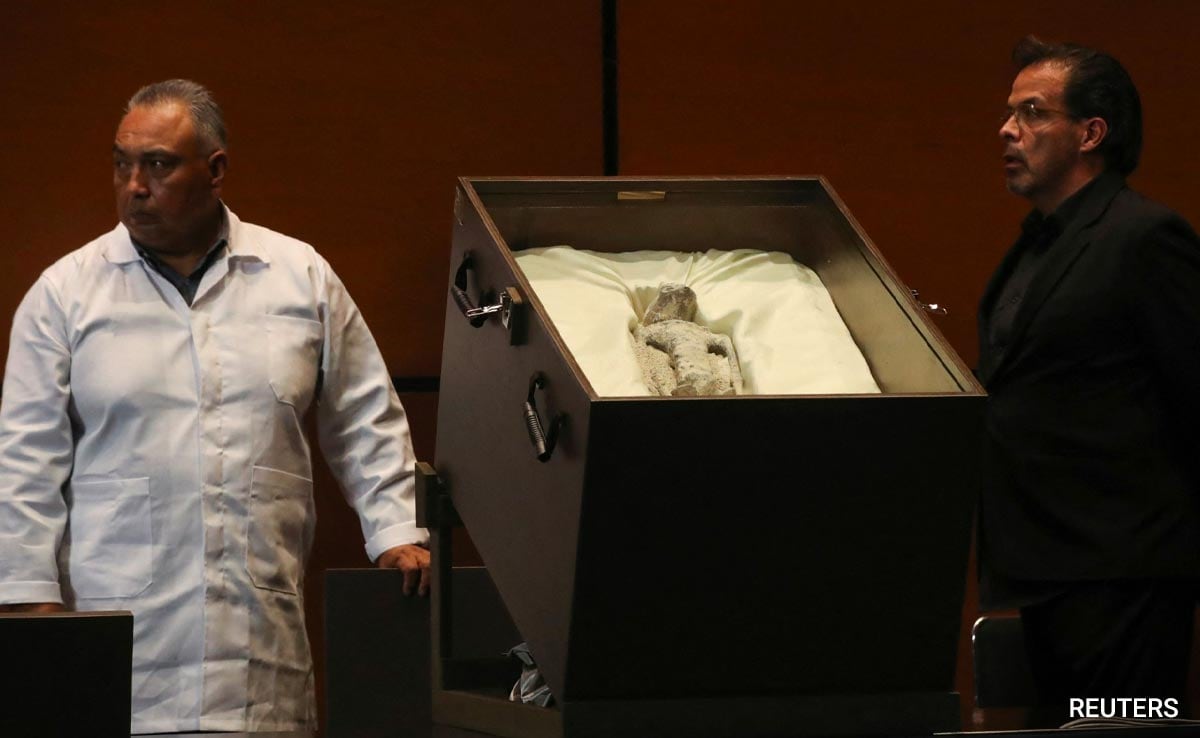Softening his stance on immigration, former U.S. president Donald Trump has promised to give automatic green cards to foreign students who graduate from U.S. colleges to prevent them from returning to their home countries like India and China where they become multibillionaires.
Mr. Trump’s departure from the anti-immigrant rhetoric comes ahead of the November presidential election in which immigration and deportation of illegal immigrants are among the key issues for voters.
Mr. Trump, however, always supported a merit-based legal immigration system.
Also Read | Visa politics: On Trump’s immigration policy
“What I want to do and what I will do is — you graduate from a college, I think you should get a Green Card automatically as part of your diploma, a Green Card to be able to stay in this country. And that includes junior colleges too,” Mr. Trump, 78, said in the “All-In” podcast.
A Green Card, known officially as a permanent resident card, is an identity document showing a person has permanent residency in the United States.
The podcast was hosted by four venture capitalists: Chamath Palihapitiya, Jason Calacanis, David Sacks, and David Friedberg, three of whom are immigrants.
Mr. Trump’s remarks came as he was pressed by Calacanis to “promise us you will give us more ability to import the best and brightest around the world to America.” Mr. Trump, the presumptive candidate from the Republican Party, also lamented “stories where people graduated from a top college or from a college, and they desperately wanted to stay here, they had a plan for a company, a concept, and they can’t — they go back to India, they go back to China, they do the same basic company in those places.
“…and they become multi-billionaires employing thousands and thousands of people, and it could have been done here,” he said.
“Let me just tell you that it’s so sad when we lose people from Harvard, MIT, from the greatest schools. and lesser schools that are phenomenal schools also. And what I wanted to do, and I would have done this, but then we had to solve the COVID problem because that came in and, you know, sort of dominated for a little while, as you perhaps know,” Mr. Trump said in response.
Mr. Trump reiterated his first-term policy, about foreign students getting a Green Card after receiving a degree from a higher education institution in the STEM (science, technology, engineering, and math) field.
“Anybody graduates from a college, you go in there for two years or four years, If you graduate or you get a doctorate degree from a college, you should be able to stay in this country,” Mr. Trump said.
“We force the brilliant people, the people that graduate from college, the people that are number one in their class from the best colleges, you have to be able to recruit these people and keep the people,” he asserted.
Somebody graduates at the top of the class; they can’t even make a deal with the company because they don’t think they’re going to be able to stay in the country.
“That is going to end on day one,” Mr. Trump announced.
According to the latest annual Open Doors report of the Institute of International Education more than a million international students from more than 210 places of origin are studying at U.S. higher education institutions during the 2022-23 academic year.
China remained the top-sending country in 2022/23, with 289,526 students studying in the U.S. But students from China saw a slight decline of 0.2 per cent compared to the previous year.
India, the second largest sending country, reached an all-time high of 268,923 international students in 2022/23, an increase of 35 per cent as against the previous year. Overall 53 per cent of all international students in 2022/23 were from China and India, comparable to the prior year.
However, the market share for each place of origin has shifted, with 27% of students from China and 25%t of students from India, in comparison to 33% from China and 18% from India in 2017-18. Mr. Trump’s latest comments stood in contrast to the immigration policy he adopted while in office and were a direct overture to wealthy business leaders whom he is courting as donors and supporters of his campaign, The New York Times said.
Mr. Trump had at times sought to reform the nation’s immigration system to scale back family-based immigration and to prioritise wealthy immigrants, who had valuable work skills or who were highly educated.
But during his term as president, Mr. Trump’s immigration agenda included restrictions on green cards, visa programmes, refugee resettlement and other forms of legal immigration, significantly reducing the number of lawful permanent residents entering the country.
He began his presidency by signing an executive order that banned travellers from seven predominantly Muslim countries and later embraced a proposal to cut legal immigration by half.
Throughout his presidency, Mr. Trump assailed the H-1B visa programme, favoured by tech companies as a way to hire foreign skilled workers, as a “theft of American prosperity.” The H-1B visa is a non-immigrant visa that allows U.S. companies to employ foreign workers in speciality occupations that require theoretical or technical expertise.
Technology companies depend on it to hire tens of thousands of employees each year from countries like India and China.
Mr. Trump expanded restrictions on legal immigration during the pandemic and his last year in office and had proposed suspending all immigration to the United States and deporting foreign students if they did not attend at least some classes in person.
A month before the 2020 election, Mr. Trump again moved to restrict the H-1B visa programme.











